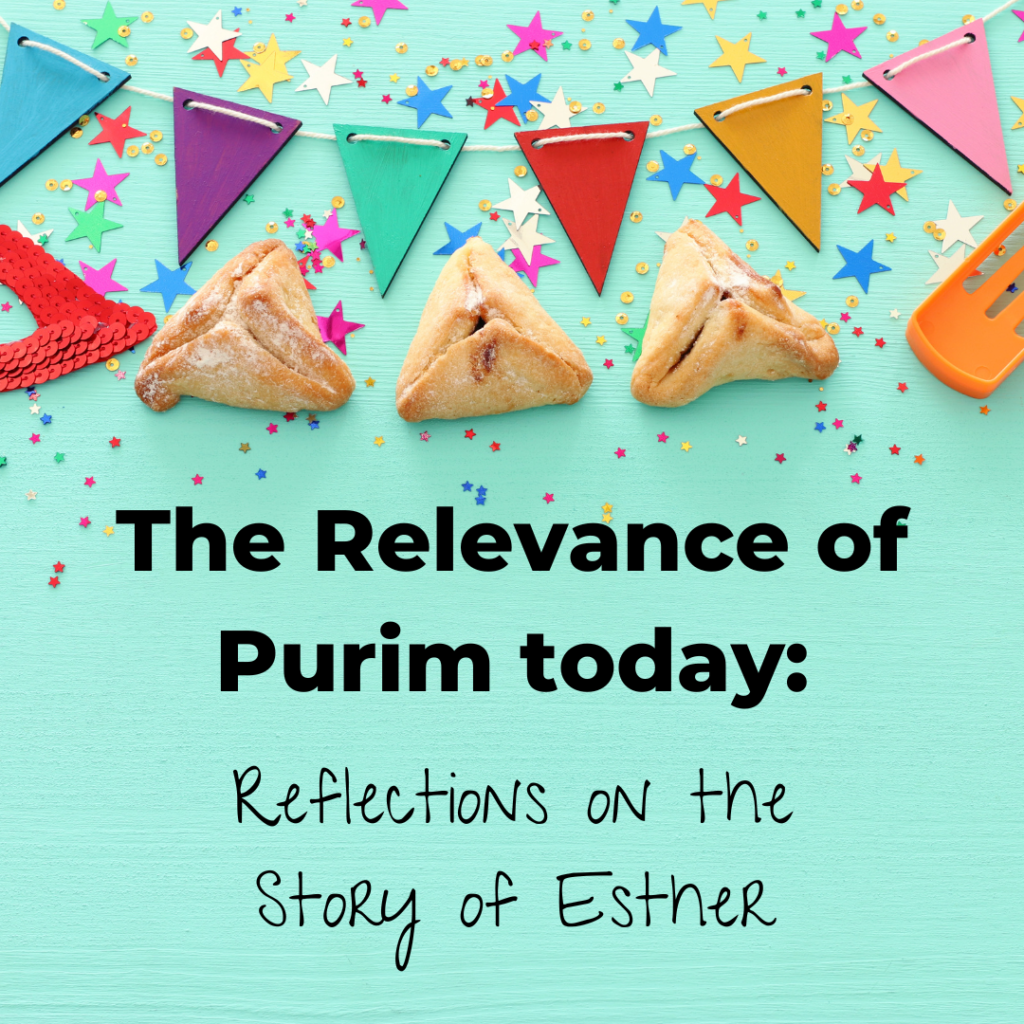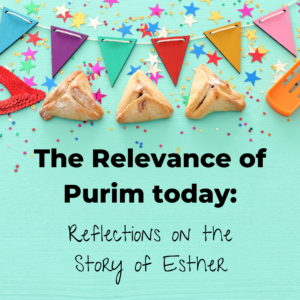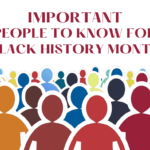Purim is a Jewish holiday that commemorates the salvation of the Jewish people from the hands of the evil Haman in ancient Persia. At the center of the Purim story is Queen Esther, who risked her life to save her people from the genocidal plot of Haman. Although the events of Purim took place thousands of years ago, the story of Esther still resonates with many people today. In this blog post, we will explore the story of Esther and the message of Purim, discussing how it remains relevant and inspiring to people of all backgrounds and beliefs. Whether you are familiar with the holiday or are hearing about it for the first time, this post will offer a deeper understanding of the relevance of Purim and the lessons we can learn from the bravery and courage of Esther.
The Story of Purim Holiday and Esther: An Overview
Purim is a holiday that is celebrated by Jewish people around the world, usually in February or March. The holiday commemorates the salvation of the Jewish people from the evil Haman, who plotted to kill them all in ancient Persia. The story of Purim is told in the biblical book of Esther, which recounts how Esther, a young Jewish woman who had become queen of Persia, saved her people from certain destruction.
According to the story, Haman, an advisor to the Persian king, became angry with the Jewish people and convinced the king to issue a decree calling for their extermination. Esther, who had kept her Jewish identity a secret, was urged by her cousin Mordechai to reveal her true identity to the king and plead for her people’s lives. Esther bravely did so, risking her own life in the process, and succeeded in persuading the king to spare the Jews and punish Haman instead.
To commemorate their deliverance, the Jewish people established the holiday of Purim, which is celebrated with feasting, drinking, and the reading of the Book of Esther. Purim is a joyous occasion, but it also serves as a reminder of the dangers of anti-Semitism and the importance of standing up for one’s beliefs. In the following sections of this post, we will delve deeper into the themes of Purim and the story of Esther, exploring the relevance of this ancient tale to modern times.






